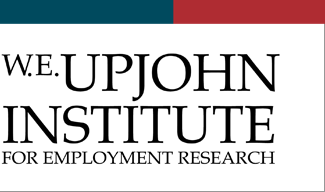Publication Date
1-1-1990
DOI
10.17848/9780880996068
Abstract
Martin conducted a study at a large company where its various wage tier systems allowed assessment of the long-term impact of tiers. Part of this study included the development of a survey designed to explore eight research questions related to tiers and to test five hypotheses of low-tier v. high-tier employees.
Files
Download Full Text (4.0 MB)
ISBN
9780880990882 (pbk.) ; 9780880996068 (ebook)
Subject Areas
LABOR MARKET ISSUES; Employment relationships; Unions and collective bargaining; Wages, health insurance and other benefits; Inequality
Citation
Martin, James E. and Thomas D. Heetderks. 1990. Two-Tier Compensation Structures: Their Impact on Unions, Employers, and Employees. Kalamazoo, MI: W.E. Upjohn Institute for Employment Research. https://doi.org/10.17848/9780880996068
Creative Commons License

This work is licensed under a Creative Commons Attribution-NonCommercial-Share Alike 4.0 International License.



Contents
1. An Introduction to Tiered Compensation Structures
2. Tiered Compensation Structures in Practice
3. Labor-Management Relations in the Retail Food Industry
4. Tiers and the Mayway Food Market Company
5. Sample Characteristics, Research Design, and Data Analysis
6. Research Questions Concerning Tiers
7. Hypotheses Concerning Tiers
8. Summary and Conclusions
Appendix A-Survey items and Response Formats
Appendix B-Scales
Appendix C-Tiers and Store Productivity